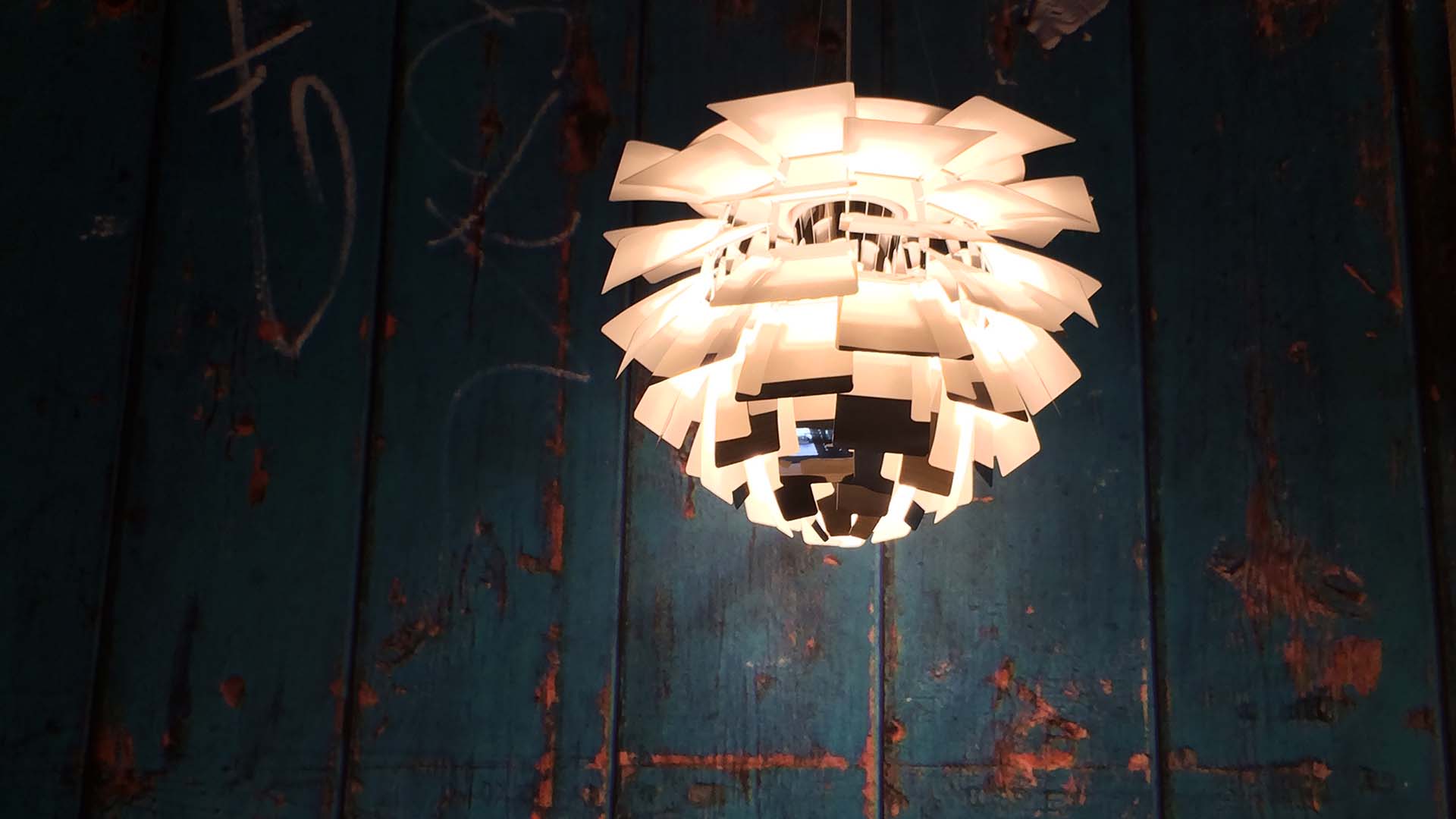Light + Building 2016
Two lighting designers – young, female, plucky – step into Messe convention hall. One is nervous, overwhelmed by the sheer size of the hall (not realising that there are ten more, with multiple levels each), clutching her notebook and pen like a safety blanket. The other – fearless, excited, somehow not exhausted from the 5am flight out of Heathrow – bolts forward toward the nearest stand ready to ask the hard questions. Ida, the latter in this situation, infects me with her fervor for new information, and I begin to strut with increasing enthusiasm behind her. The moment our feet hit the booth’s floor, the questioning, curious mechanisms in our brains became almost audible to those around us.
And so day one of Light + Building began.
Throw an American and a Norwegian into a hall full of German manufacturers and you find yourself with a wealth of interesting circumstances. And, quite literally, surrounded by the whole world of design.
The first brand we ran into, Oligo, prided itself on its single-origin manufacturing process (not unlike how I’ve been enticed to spend boatloads on good coffee). Carpyen also welcomed us to their booth beaming that their products were all made in or near Barcelona. The woodworking was awe-inspiring and I very nearly asked them to take me home and train me as a carpenter. We had Bover in the office a few weeks ago and they, also in Barcelona, spoke about how they can stroll down to the workshop to check on their fittings. Their booths were suspiciously close, but no one seemed to mind.
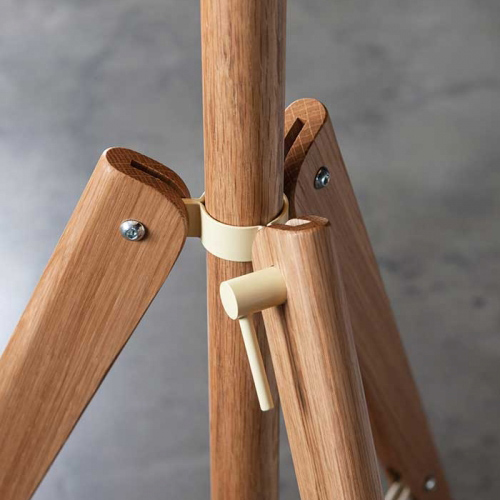
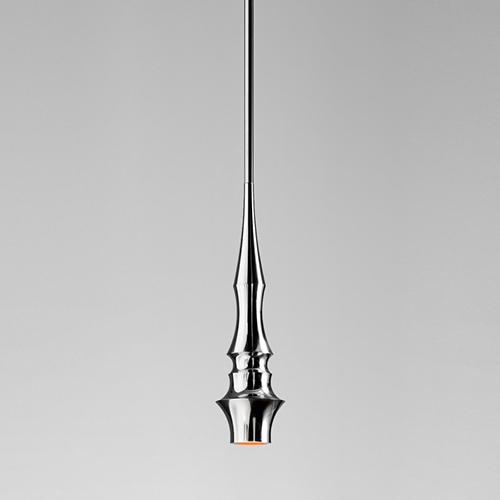
Formagenda make their fittings in both Italy and Germany, their booth attendant told us, but she didn’t see that as a negative. Ceramics have a rough time in hot summers, so the company had to move their workshop to a different location and create that part of their product line in the winter. Who knew, right? Atelier Sedap touted their mastery of French plasterwork, citing nearly 50 years of dedication in the trade. I felt myself trying to label all of the parts and pieces; cavetto, ovolo, that specific term for where the planes meet at an oblique angle… Fear not, there was a drawer full of every type of fitting they had made in the vast array of moulding types. It was clear from their booth that progress was part of their philosophy. As we passed from left to right, the craftsmanship improved, and we were assured that every project was an opportunity to learn and grow.
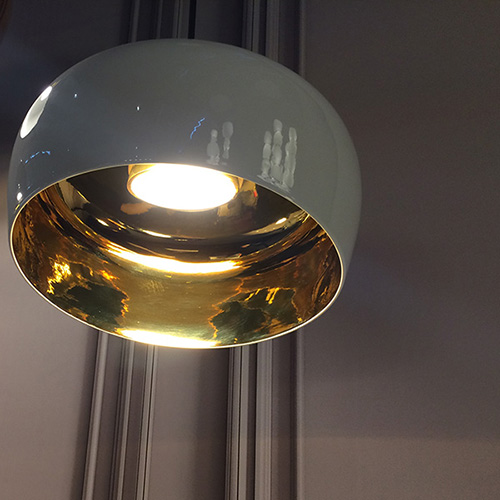
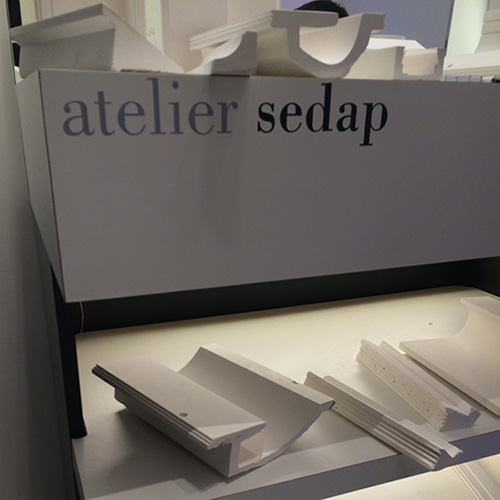
Almost (almost, dear reader) unfortunately, Louis Poulsen caught my eye from across the hall. One Danish man’s design that I had heard about, read about – obsessed over, really – was finally in front of me. The effortlessness of the sheer mathematical beauty of the PH Artichoke was not apparent on paper nor screen. I paused for a full minute to take it all in. And then I sighed to Ida, “now I can die happy”.
We managed to fill the next two and a half days with as much wonder as I found in those first few hours, undoubtedly hurting the eardrums of more than a few manufacturer reps. The best lesson I took away from the convention is this: good design knows no cultural boundaries. And good design takes no shame in copying what works well. I hope to come back to Frankfurt in two years hearing of partnerships and collaborations that even the UN would be proud of.
Blog post by Kael Gillam


